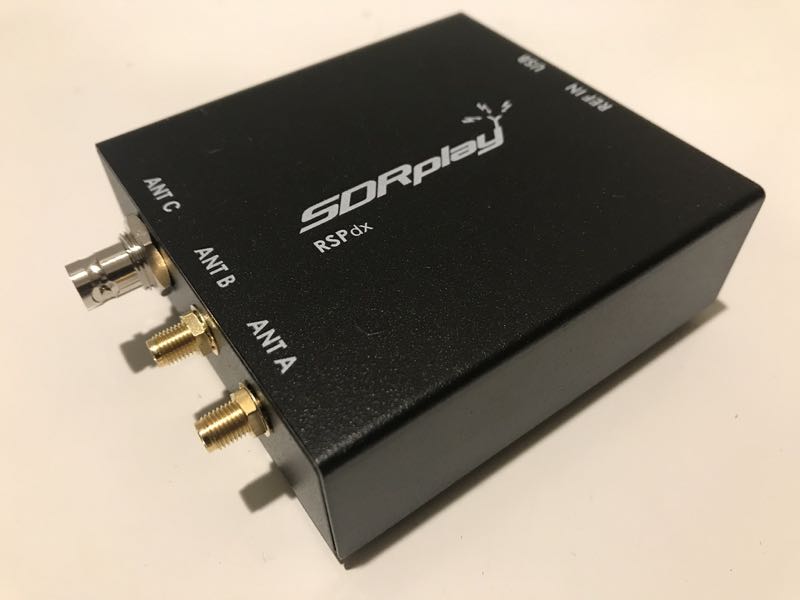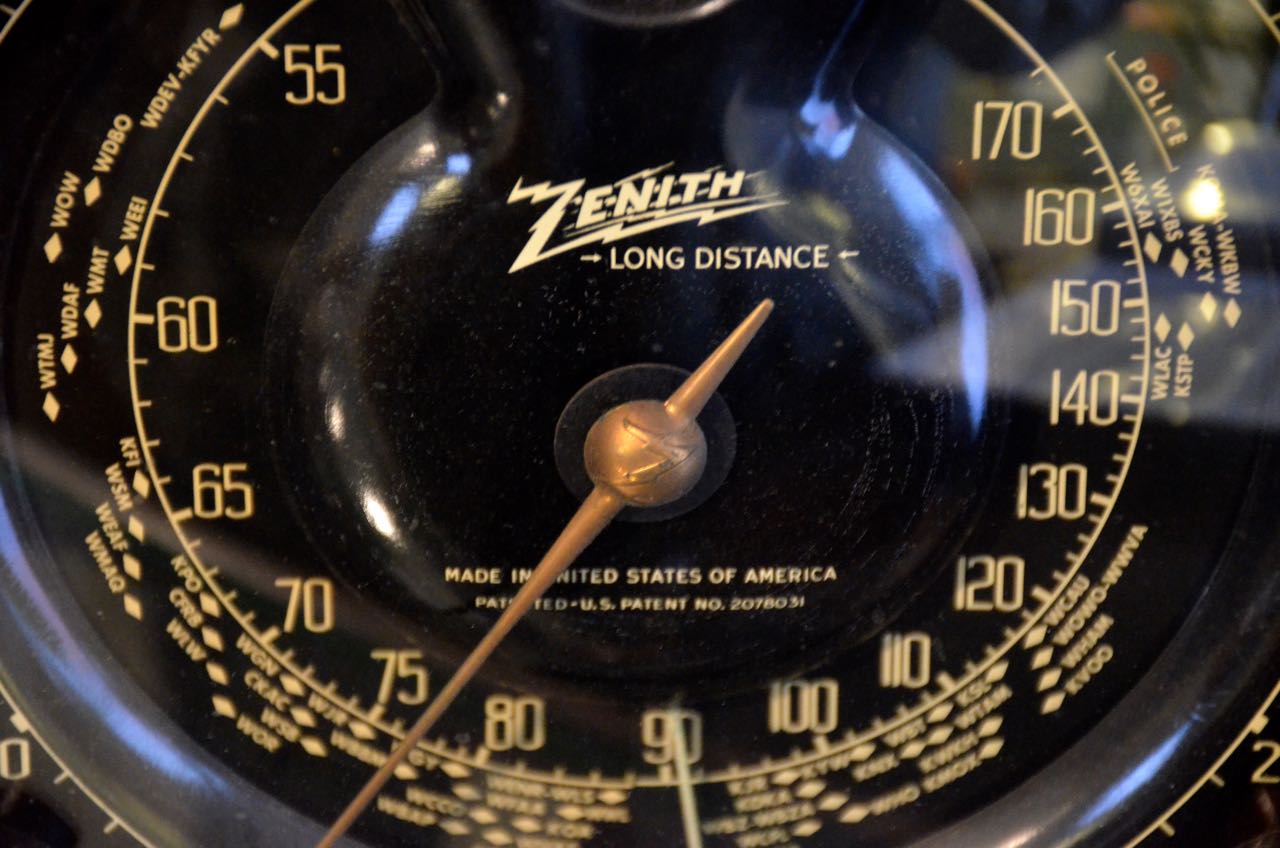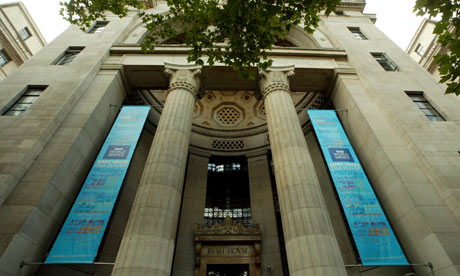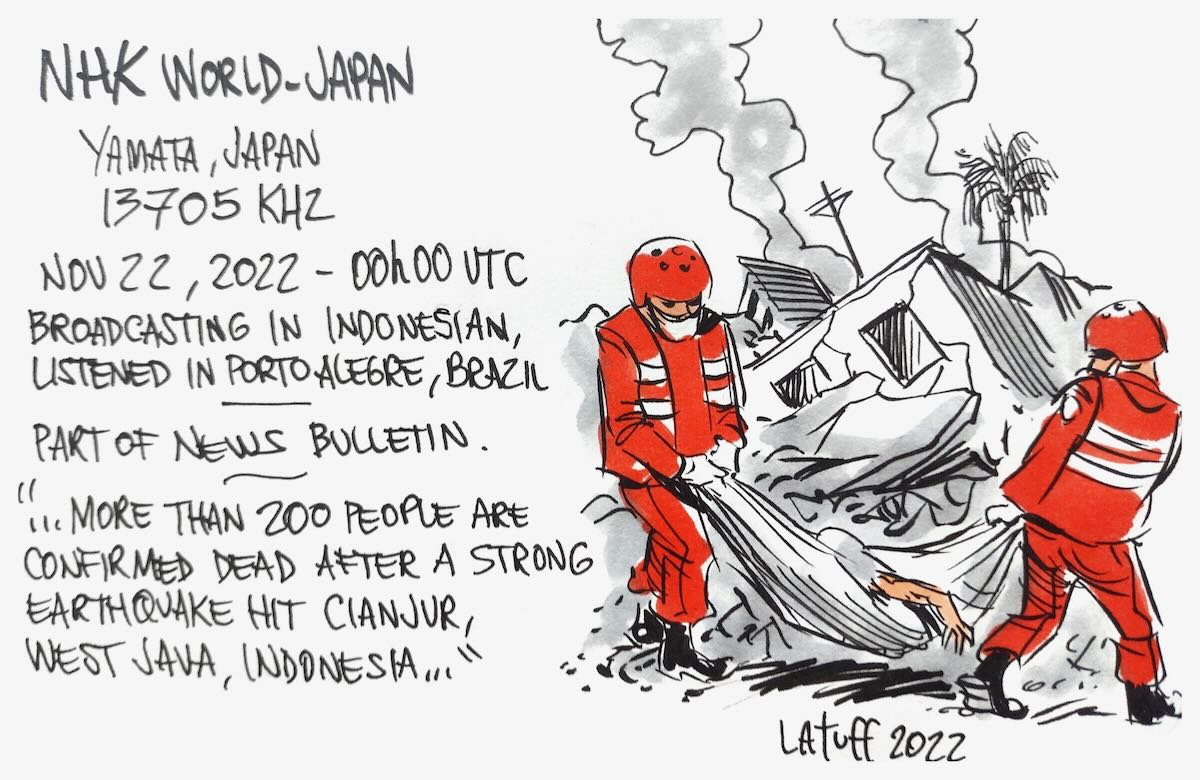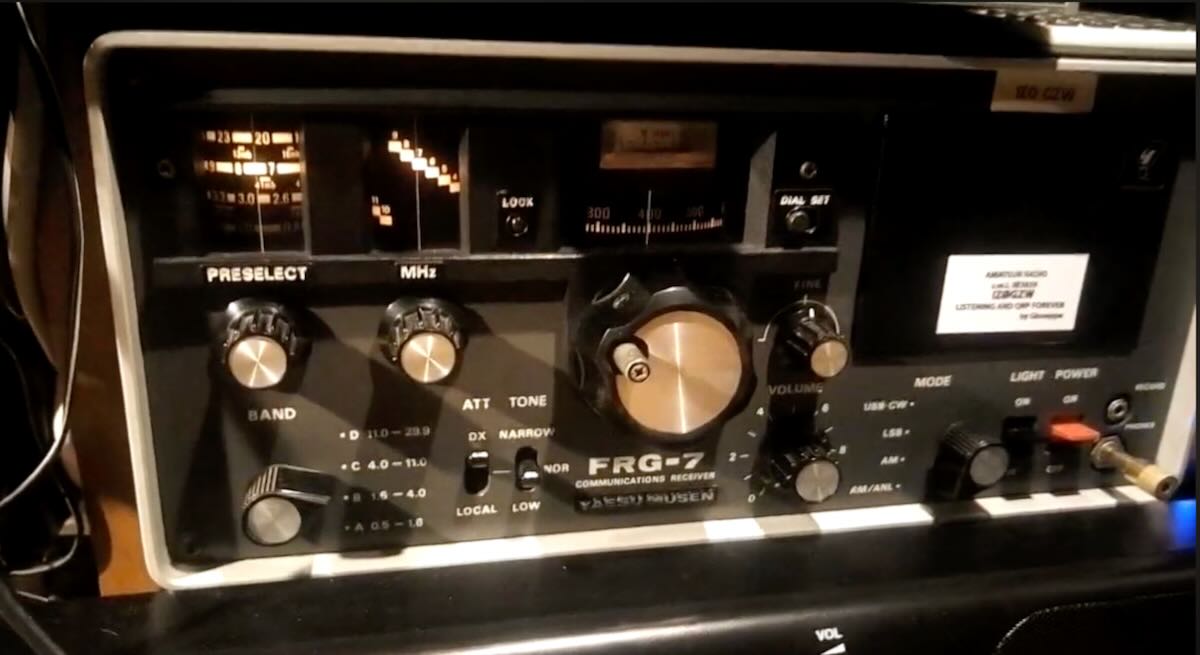(Source: SDRplay)
SDRplay Special RSPdx holiday promotion
At SDRplay, we recognise that times are very tough for a lot of people. In view of the economic pressures that people are facing, we want to lend a helping hand by offering the very popular RSPdx at a special low price for this holiday buying season. After discussions with our dealer network, from Black Friday until the 31st December, we (along with participating dealers) plan to offer the RSPdx at a holiday discounted suggested retail price of £130/€156/$169.95 plus shipping and any applicable taxes. This represents a substantial discount of more than one fifth when compared to the normal retail price.
Starting midnight EST, Thursday November 24th visit https://www.sdrplay.com/purchasehome/ to purchase an RSPdx at the special price or contact your local SDRplay dealer for more details. Please also note that stocks are limited and this offer will certainly end on the 31st December and prices will revert to normal commercial levels thereafter.
This is a great opportunity to get the RSPdx as a gift for a newcomer or a returning radio enthusiast at a price which won’t be repeated, as our suppliers are already increasing their prices for the new year.
- Prices shown are prices offered when buying direct from SDRplay. Shipping and taxes are extra. SDRplay ships from the UK to most countries in the world. However some countries will require import duty to be paid on top.
- SDRplay dealers who usually include free shipping will adjust the prices accordingly
- Check with your local dealer to see if they are participating.
- Links to both the SDRplay direct purchasing page and our list of authorised resellers can be found here

